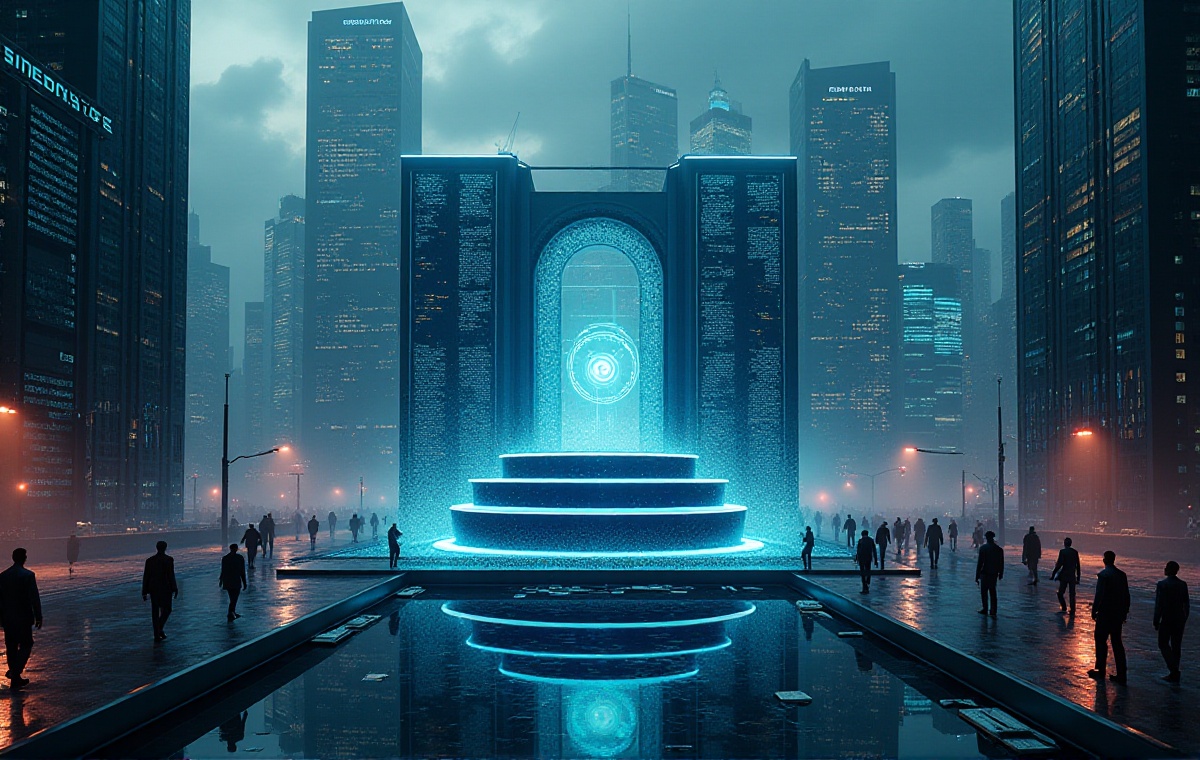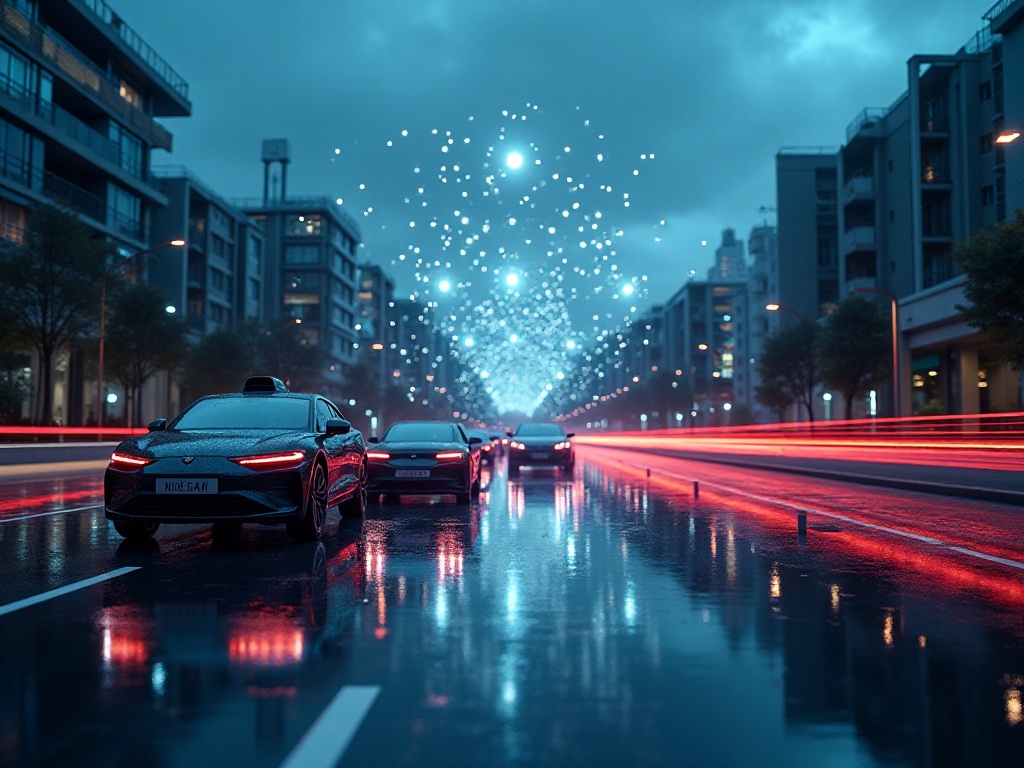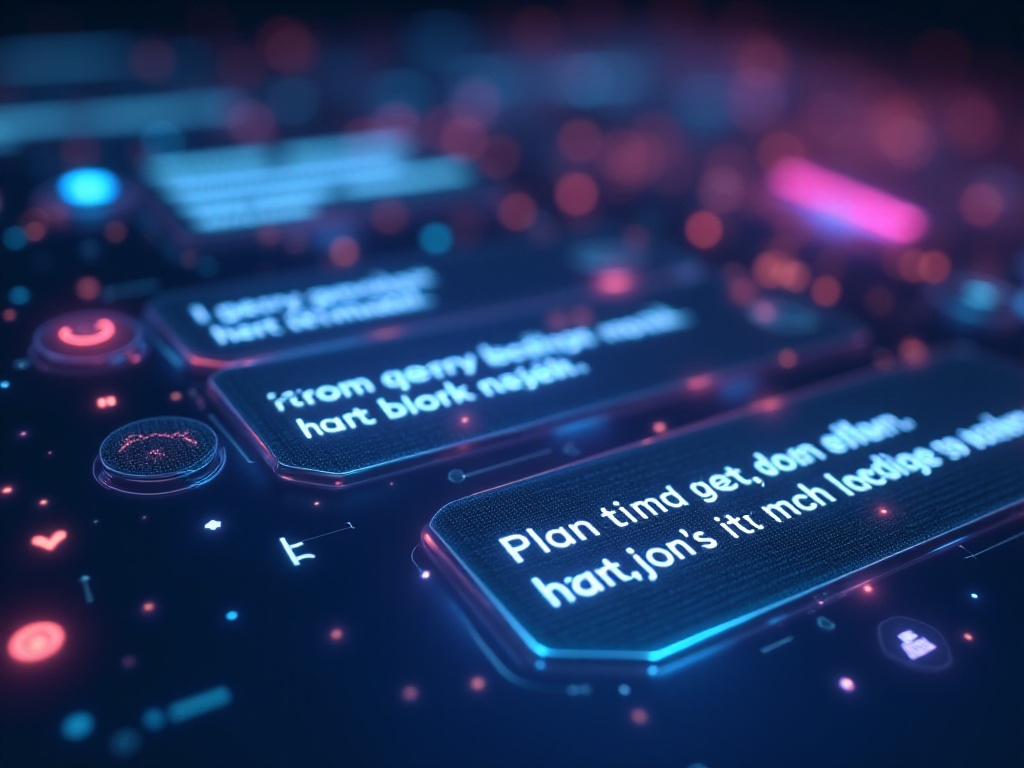Introduction
As a post-95s e-commerce operator, I've recently become obsessed with various AI tools and have been thoroughly enjoying these cutting-edge technologies. Without exaggeration, these tools have directly skyrocketed my work efficiency. Today I'd like to share my experience using them, hoping to inspire fellow industry professionals.
Intelligent Customer Service
During last year's Singles' Day, it was absolutely brutal! Our customer service team was questioned to the point of existential crisis, with questions pouring in like snowflakes, mostly repetitive ones about shipping times, coupon usage, and return policies - our hands were cramping from responding.
Later, we introduced a ChatGPT-based intelligent customer service system, which was an absolute lifesaver! Previously, colleagues would spend 5-10 minutes handling a pre-sale consultation, but now AI instantly responds to 80% of questions, with completely professional answers. The funniest part is that many customers thought they were chatting with real people and even praised our customer service for being particularly good and professional, haha.
Initially, I was worried users would reject AI customer service, but the data completely exceeded expectations. In the first month of using AI customer service, response speed improved by 300%, and customer complaints, which used to be frequent, were cut by more than half. Plus, AI customer service never gets emotional, always maintaining patience and professionalism, which is really amazing.
One particularly memorable case was during last month's promotion period, when our intelligent customer service system handled over 3,000 inquiries in one night - if it were manual service, they'd probably have collapsed from exhaustion. The system not only answers basic questions but also understands users' potential needs, such as actively recommending related accessories and tutorials when customers ask about product usage - this kind of proactive service really adds value.
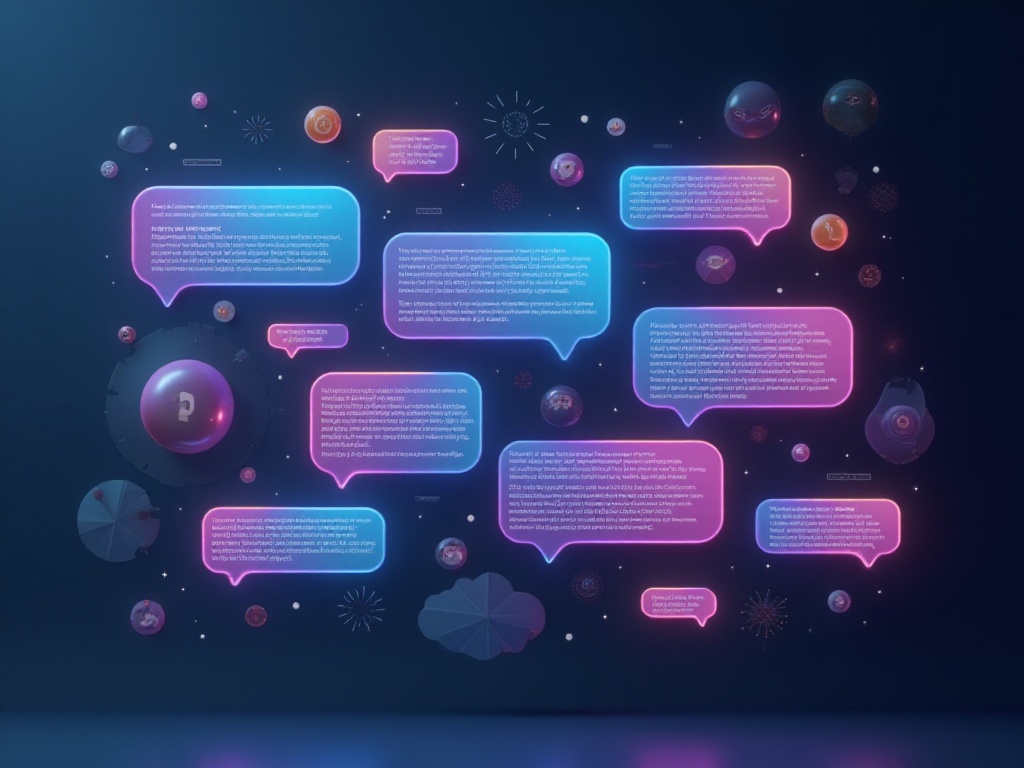
Copywriting
To be honest, I was a bit nervous about letting AI write copy at first. After all, copywriting requires creativity and emotion, and I was worried AI-generated content would be too mechanical and lack warmth. But practice proved my concerns were completely unnecessary.
As long as you know how to write prompts (simply put, knowing how to ask questions), ChatGPT is a genius in copywriting. I've got quite a system for writing prompts now: first set the character and scene, then clarify the target audience and emotional appeal, and finally add specific requirements like word count limits and keyword placement.
Take last week's case of promoting new thermal cups - I had ChatGPT write a series of scenario-based copy from the pain points of office workers. For example: "Morning subway rush, coffee gets cold before I finish it, my heart goes cold too," "So focused in meetings, tea's gone cold three times, even the boss can't bear to watch," "This year's KPI is like my coffee, getting colder by the day." This kind of relatable copy immediately resonated with target users, filling the comments section with laughter.
Even more impressive is AI's ability to adjust copy style according to different platform tones. For Xiaohongshu, it goes for warm and healing; for Douyin, it plays with memes and jokes; for Weibo, it goes for humor and fun. The conversion rate improved by 35%, and there's never a shortage of creativity - I can write as many pieces as needed without repetition.

Visual Design
The most impressive has to be Midjourney. Now our main images, posters, and banners are basically all generated by it. This thing is like a designer with cheat codes, and it never gets tired.
During last year's Spring Festival, we needed 20 posters in different styles. Previously, getting designers would take forever to schedule, at least a week to deliver. Now, I spent just one afternoon and got it all done myself. Although some details might need adjustment afterward, it solved at least 80% of the workload.
Plus, Midjourney's creativity is really amazing. Once we needed main images for a small home appliance, so we had AI design a set of futuristic scene images - the effect was explosive, completely outshining competitors' images. Users in the comments section went crazy: "These images are so high-end!" "The design sense is incredible!" "Please share the imaging team!" Haha, it was just me and AI.
Recently I discovered a magical use - generating unexpected creative scenes with Midjourney. For example, when selling a portable juicer, I had AI generate a series of "urban jungle survival" scene images, placing the juicer in various quirky office settings. The effect was particularly funny and had great viral potential.
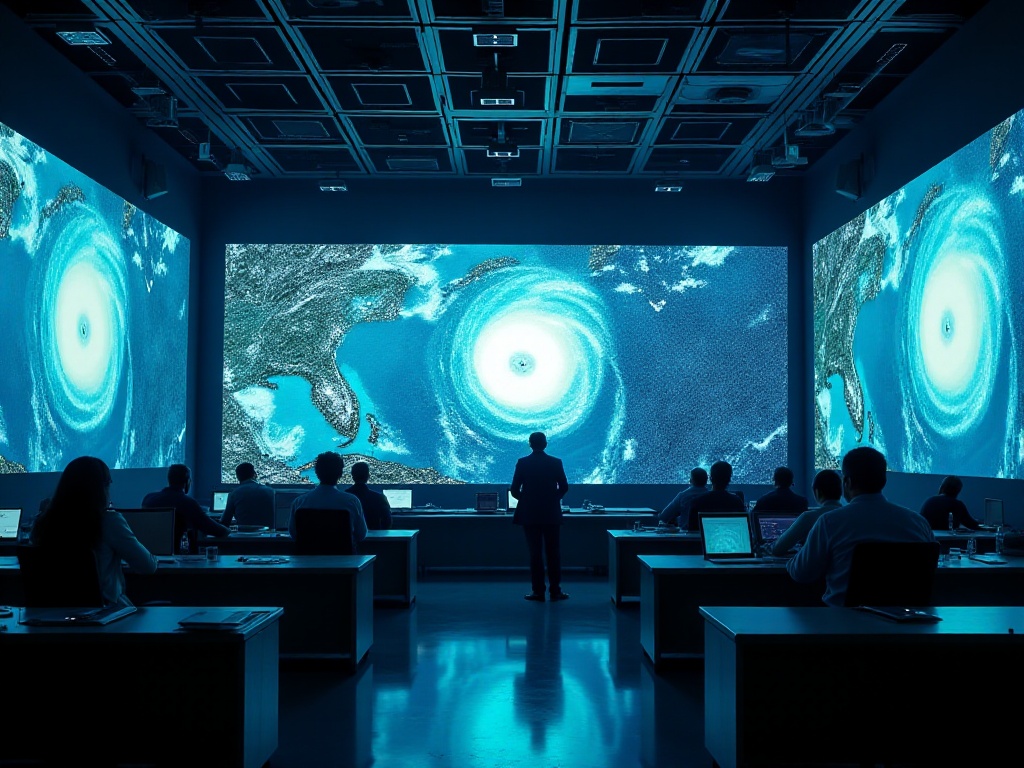
Product Selection Analysis
In product selection, AI is absolutely a game-changer. Our machine learning-based product selection model is like a combination of a product consultant and data analyst. It can analyze historical sales data, market trends, and user reviews to predict new products' potential.
The most amazing thing is that this system can discover patterns that humans might easily miss. For example, it found that certain seemingly ordinary products would experience sales spikes during specific holidays, and this pattern repeated every year. With this discovery, we could stock up in advance and capture these hidden sales opportunities.
Last year we used this system to screen 100 new products, and 85 of them reached expected sales volumes. Previously, when we relied entirely on experience for product selection, a 50% success rate was considered good. Now the success rate has doubled, making our boss grin from ear to ear.
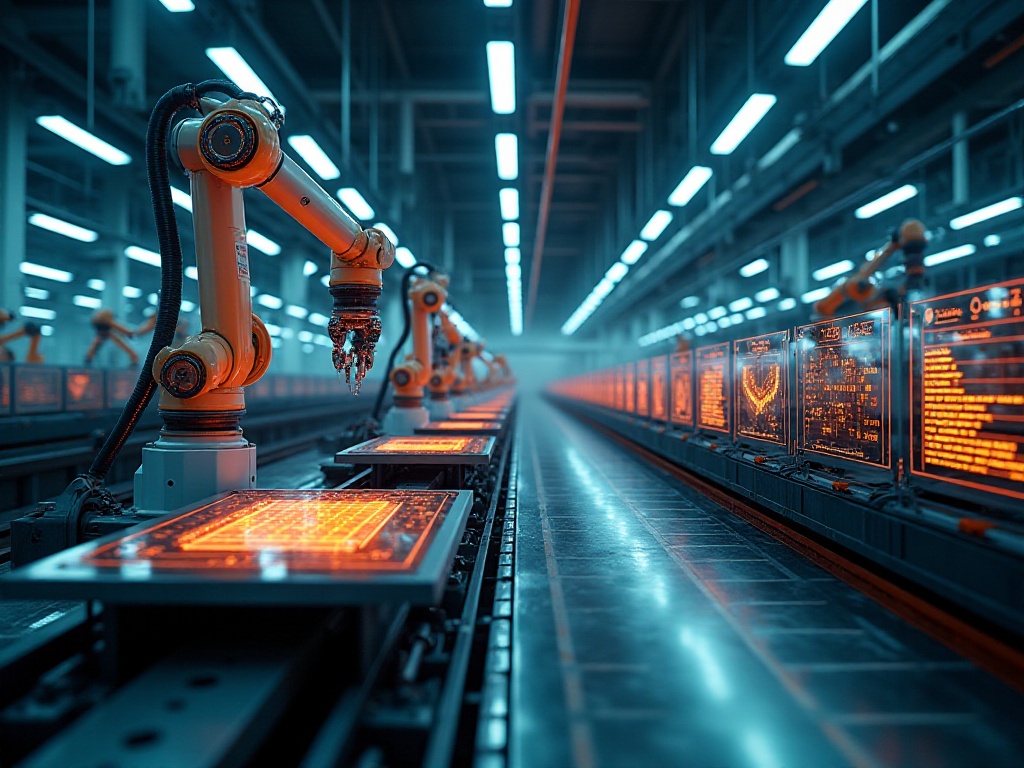
Personalized Recommendations
Speaking of recommendation systems, it becomes more magical the more we use it. Now our system can accurately analyze user behavior and provide personalized shopping experiences. It not only looks at what users have bought but also analyzes their browsing paths, time spent, saved items, and more, then provides super accurate recommendations.
The most interesting part is that the system can dynamically adjust recommended content based on factors like shopping time, weather, and holidays. For example, it recommends rain gear and warm items on rainy days, and leisure and entertainment products on weekends - it really understands users.
Data shows that after using AI recommendations, users' average platform stay time increased by 45%, and repurchase rate improved by 28%. Many users feedback: "Your recommendations are so accurate, they always hit the spot," "Feels like you understand what I want to buy better than I do."
Inventory Management
The most practical aspect of AI has to be inventory management. Previously, we were always troubled by inventory issues - either popular items would be out of stock, or slow-moving items would pile up, both causing headaches.
Now it's better - the AI system can predict sales trends for each SKU and adjust inventory levels in advance. It considers multiple factors like seasonal changes, promotional activities, and market trends to provide super accurate predictions. Last year this alone helped us save about 20% in storage costs.
The most impressive part is that the system can automatically optimize shipping routes based on inventory situations at different warehouses. For example, if a product is available in both Beijing and Shanghai warehouses, the system will automatically choose the optimal shipping warehouse based on inventory levels and delivery distance, ensuring both delivery speed and balanced warehouse inventory.

Experience Summary
After six months of practical application, I've gained a deeper understanding of AI tools. First, don't expect AI to completely replace human work - it's more like a super helpful assistant. Take customer service for example - although AI can handle most basic issues, complex after-sales disputes still need human handling.
Second, to use AI well, you must invest time in learning and debugging. Like using Midjourney, I spent considerable time studying prompts and researching various style keyword combinations. Although the process was a bit troublesome, once you master the essentials, the efficiency improvement is obvious.
Another point is having innovative thinking. AI tools themselves are powerful, but the key is finding ways to integrate them into existing workflows. For example, we connected our AI customer service system with our CRM system, so AI can not only answer questions but also collect user feedback to help us optimize products and services.
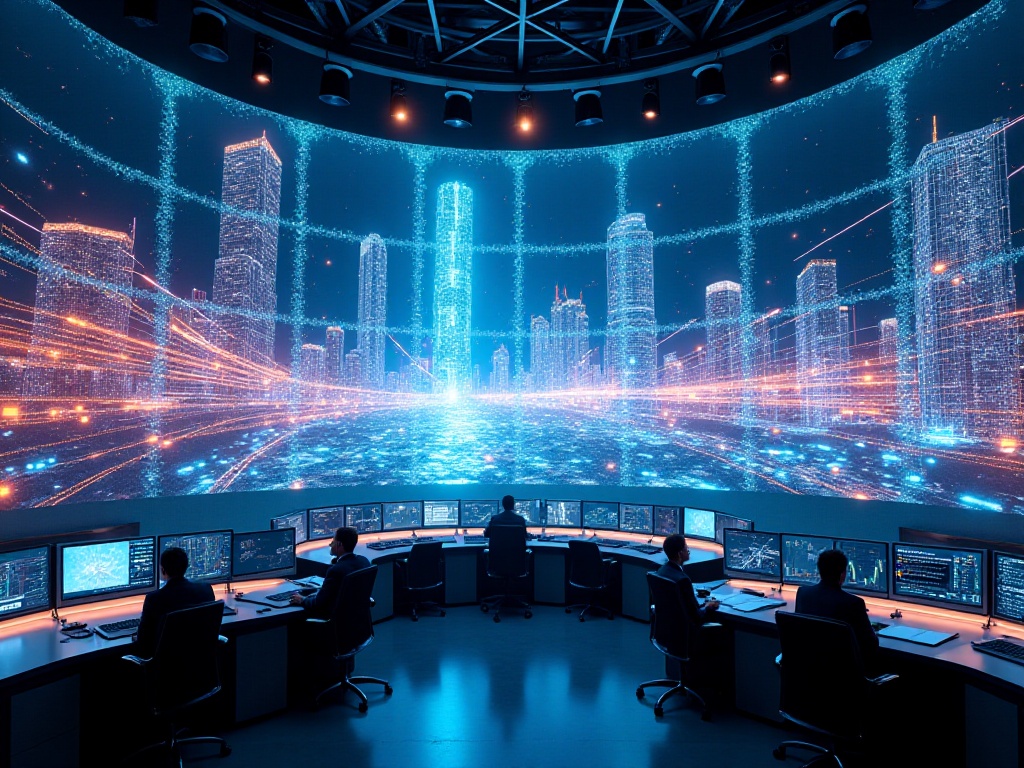
Future Outlook
Honestly, I think the AI applications we see now might just be the tip of the iceberg. Especially in live streaming e-commerce, I've already seen some cool applications. For example, using AI-synthesized hosts for 24/7 live streaming sales; using AI to analyze real-time user emotions in live streaming rooms to adjust sales strategies; even using AI to predict live streaming conversion rates to help hosts adjust their presentation pace.
There's also great potential in intelligent pricing. Now there are AI systems that can adjust product prices in real-time based on factors like competitor pricing, inventory status, and user demand to maximize profits. In the future, it might even provide more personalized pricing strategies based on users' willingness to pay.
Although AI tools aren't perfect yet and occasionally have small issues, I believe these tools will become increasingly powerful as technology develops. As e-commerce practitioners, what we need to do is maintain an open and learning mindset, embrace these new technologies, and let them help us do better.
What other aspects do you think AI could help improve e-commerce operations efficiency? Feel free to share your thoughts and experiences in the comments section.



